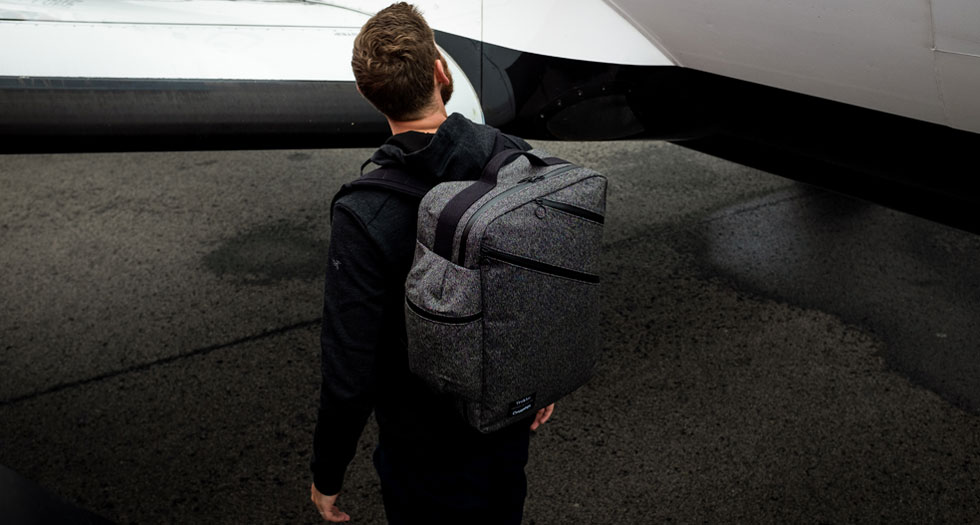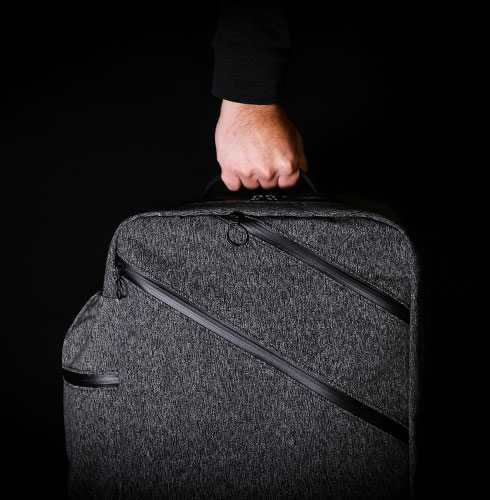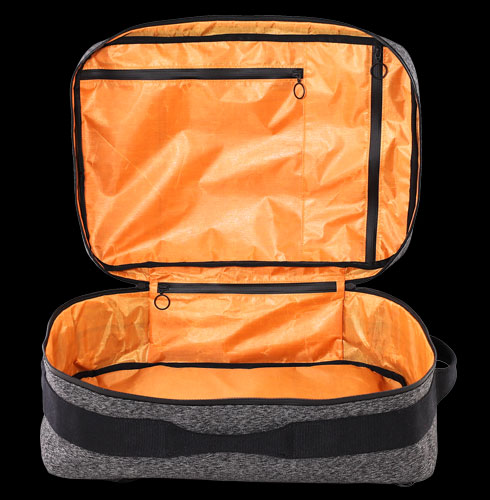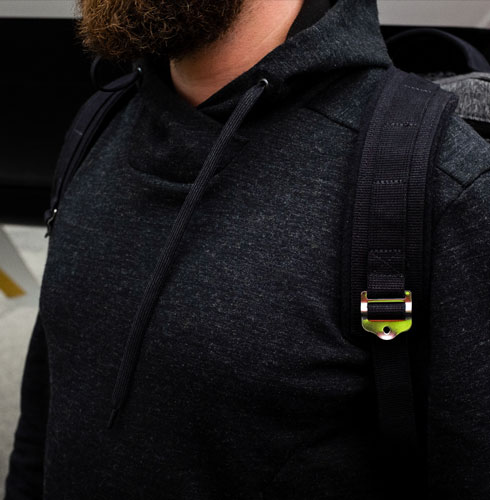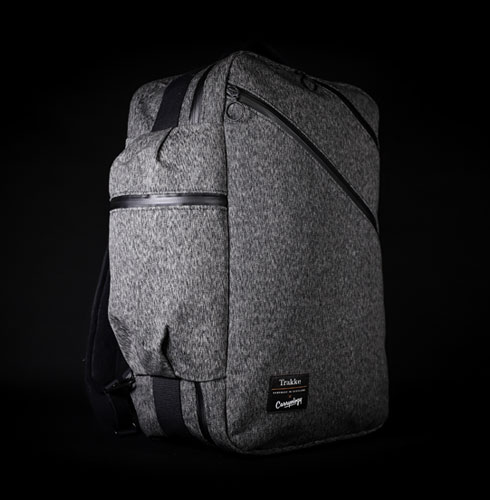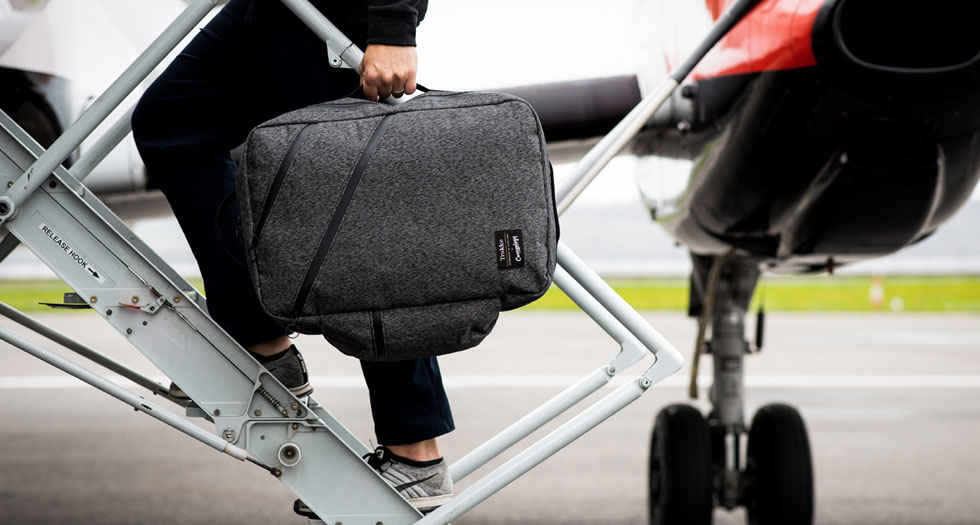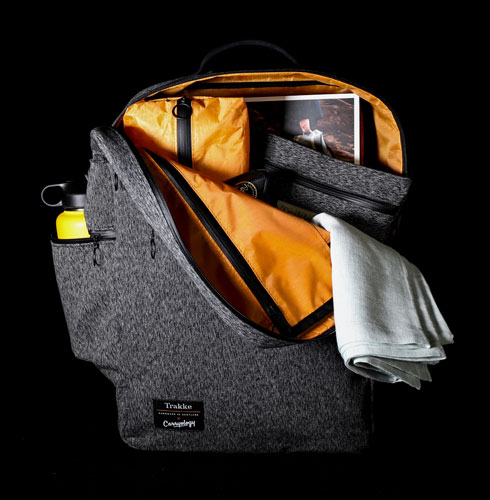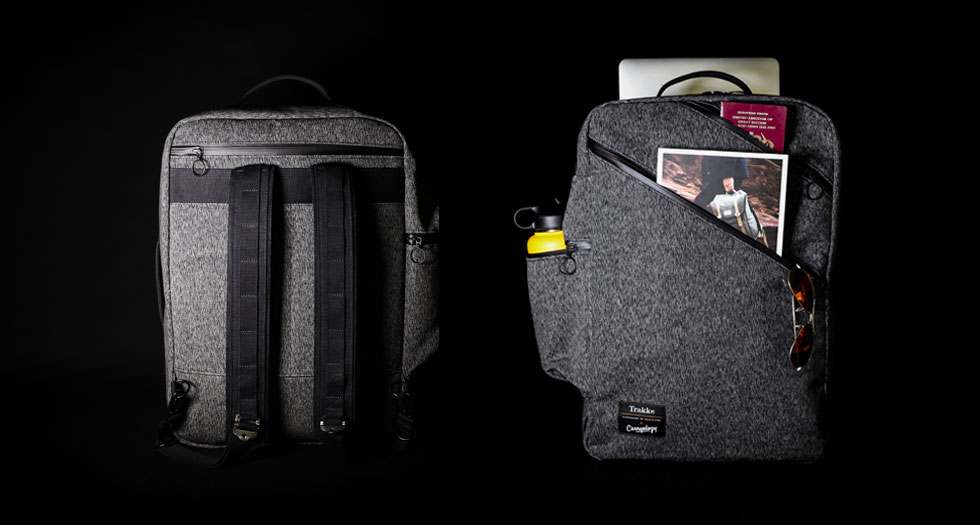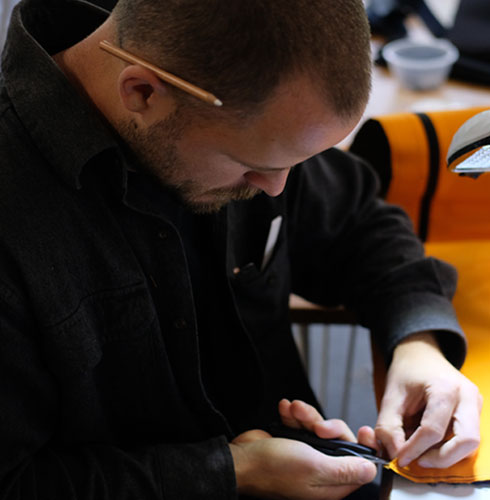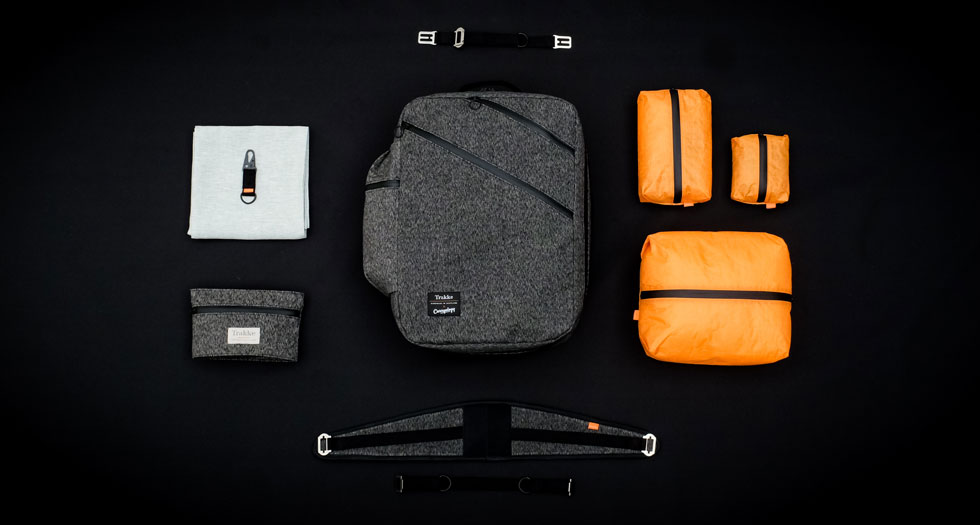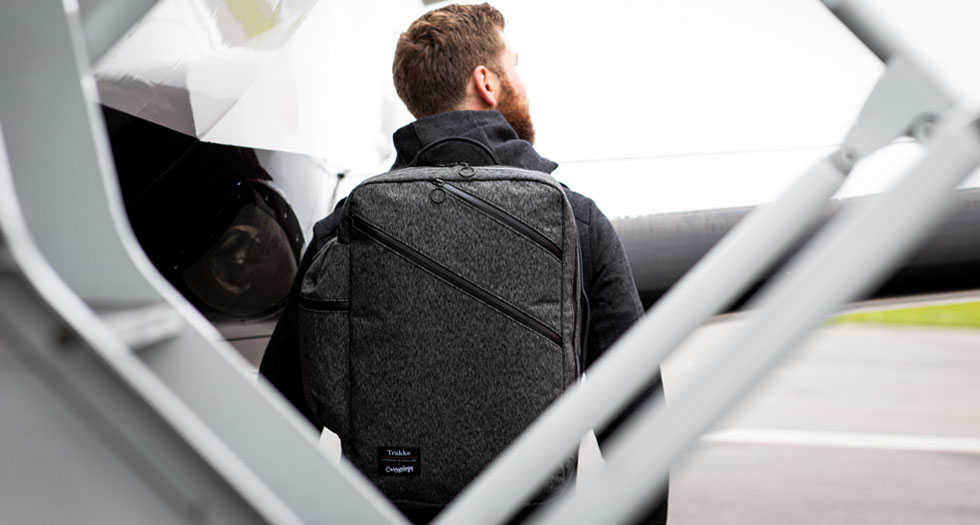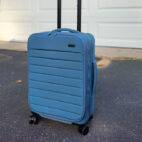
Insights

ULTRA-LIMITED EDITION
Exclusive Release: Trakke X Carryology Storr SP
This was the dream collab that you, our community, set into motion. And now, after many months of design and planning, we’re proud to unveil the Trakke x Carryology Storr SP (Special Projects).
A 35L carry-on backpack, developed with one goal in mind: to create a truly outstanding and unique travel backpack, that unites the beauty of traditional craft with the smarts of modern technology.
Right now, it’s available exclusively to our readers, 72 hours before Trakke and the global media go public.
This is ultra-limited (and a certified collector's piece). Only 100 pieces have been handcrafted and are set to ship from Trakke HQ.
So you know what to do!
***
Ships worldwide
From Storr to Special Projects
The original Storr was our starting point, an already strong foundation (loved by reviewers from Chase Reeves to Pack Hacker) to build on.
It had all the pieces. Beautiful and versatile aesthetics. World-class build quality. Excellent ‘usable space’ and packability. A killer carry-on.
Our goal here, working with the team of geniuses at Trakke, was to make it better.
Special, if you like?
Tech meets tradition
Crafted from two sailing fabrics, separated by 200 years of innovation, the Storr SP is the ultimate synthesis of heritage and technology. Trakke’s signature waxed canvas outer fabric was pioneered by Scottish fishermen in the 18th century, while the Dyneema® liner – woven with the world’s strongest fibre – was originally made popular for use on racing yachts.
Working closely with the Dyneema® Project – an elite program for premium brands – we dug into their latest experiments and tinkerings to pinpoint CT5K.18/wov.32c. In normal speak: a translucent orange Dyneema® never seen before.
Internally, the ultralight and strong Dyneema® lining trims weight, adds strength, cleans easily, and increases visibility when rummaging for essentials. Because, hey, you know we Carryologists love our internal pop!
One step better, we’re offering up Trakke’s legendary packing cubes in the very same translucent orange Dyneema. These are even more limited than the packs, so get in quick!
WWII-Inspired
The outer fabric is made from WWII Swiss Army-inspired “Salt & Pepper” waxed canvas, woven from stinging nettle fibres, and arguably made by the world’s best waxed cotton mill, Halley Stevensons. It has a lovely handfeel and lustre but with the rugged durability you’d expect from a wartime fabric.
The fabric is coated with a hybrid finish of traditional wax and modern synthetic weather treatment – an unreleased experiment from the labs of Halley Stevensons – adding best-in-class weatherproofing, a darker grey appearance, and yet another play on 'tech and tradition.'
Moving around to the straps, they've been upgraded too, with a premium felt lining (another nod to WWII wartime packs) to ensure increased comfort for extended carry and unarguable good looks.
Rugged but light
When traveling, durability and weight are key. And the SP strikes the perfect balance between the two. The dual-coated wax cotton exterior and stainless steel hardware will perform in any outdoor adventure and never fail, while the Dyneema (the world’s strongest and lightest fabric) adds yet another layer of protection and strength – all whilst shaving important weight and trimming the SP to a remarkable 3.3lb (1.5kg).
Minimal Design
You’ll find no excess in layers, pockets or bulk here. It has everything you need and nothing else, to keep the packability easy and intuitive, and weight to a minimum.
Access and Manoeuvrability
Thoughtfully positioned internal pockets maximise packability, with the two on the underside of the lid (positioned horizontally and vertically) designed to be accessible without opening the entire main compartment.
Three grab handles provide manoeuvrability no matter how it’s stowed. And when checking in, the felt-lined straps stow away into the back panel for a cleaner silhouette.
An enclosed side pocket provides storage for water bottles or odd-shaped accessories, while two front pockets provide easy access to travel essentials, big and small.
Buy it for life
Crafted with the ‘buy it for life’ philosophy in mind, this pack is built by Trakke’s artisan team with fabrics and stainless steel components that are time-tested, reliable and over-specified not to fail. All sourced (besides the Dyneema) from only the very best British manufacturers – some of whom have been in business for over 100 years. And all backed by Trakke’s stellar repair program. This is certainly a carry-on built to endure.
Best-in-class weather protection
Dual-coated canvas. All YKK AquaGuard zips. And an internal lining of ridiculously awesome orange Dyneema. Need we say more?
Add-on or trim down
Adventures and loads can vary, and so too can the SP’s harness. Moving light? Keep the pack clean and mean. Carrying a heavier load? Then add-on the optional and removable waist belt and sternum strap for added load carriage and support.
Specs
21" x 14" x 8" / cms: 51 h x 37 w x 18 d
35L capacity
Weight: 3.3lb (1.5kg)
Exterior fabric: Salt & Pepper Canvas (55% Nettle, 45% Cotton)
Finish: Hybrid (Paraffin Wax blended with Synthetic Weather Treatment)
Interior lining: Dyneema (CT5K.18/wov.32c)
Zips: YKK Aquaguard
Webbing: Cotton
Hardware: Stainless Steel
Strap Padding: 10mm Industrial Felt (100% Wool)
Laptop Sleeve: 15" MacBook Pro
Features
1 large front pocket ( fits A4)
1 small front pocket (with internal d-ring for keys etc)
1 padded / suspended laptop sleeve (external access, fits 15” MacBook)
1 side-access zip pocket / water bottle pocket
1 small internal security pocket.
x2 thoughtfully positioned internal pockets that can be accessed without opening the entire main compartment
Clamshell opening
Stowable Straps
3 grab handles





 Carry Awards
Carry Awards Insights
Insights Liking
Liking Projects
Projects Interviews
Interviews